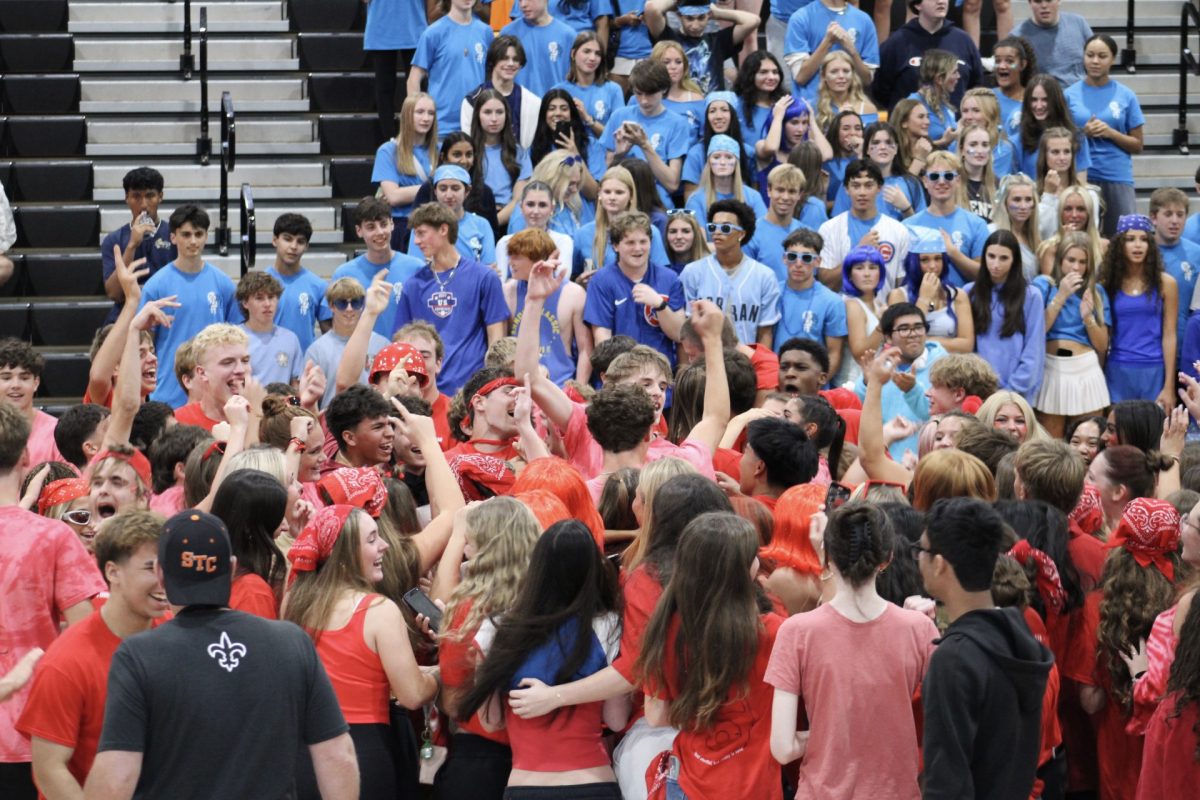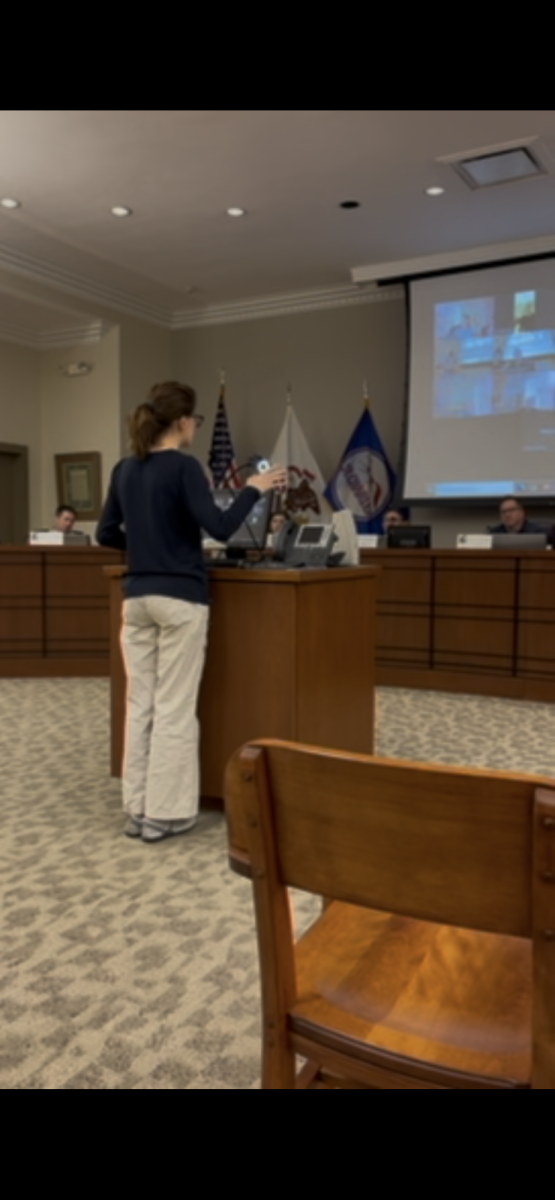For centuries, the traditional idea of the “American dream” has been instilled into the minds of many who have grown up within the United States borders. Our generation inherited the idea that the United States is the best place to be for any opportunity one could dream. In a changing society, does this seemingly important fundamental of American patriotism still apply?
As young Americans, many of us do not know what it is like to face starvation for weeks at a time or live through a drought. We have incredible access to one of the world’s most powerful hubs of technology, innovation and fortune. Yet for some, there remains the desire for more.
It is no secret that the American way of life differs in many ways from its European counterparts. Perhaps one of the best examples of this lies in the differences in their education systems.
While countries out East continue to prioritize mere academia to measure qualification, the United States has begun to shift to looking to produce a more well-rounded student. Much of the American college admissions process places heavy weight on one’s accomplishments outside of the classroom, while many of Europe’s most selective universities only judge achievement based on test scores.
This, in part, could be due to the American obsession with working. The United States promotes “hustle culture” beyond simply working a job. In many countries abroad, work sparingly bleeds into one’s home and family life, but in the United States, it is practically a custom.
We see this everywhere from the structure of the American workday to US maternity leave policy.
According to data compiled from 41 nations worldwide by the Pew Research Center, the US is the only country lacking nationalized paid maternity leave for new parents. In countries abroad, such as Spain, there is a time of day given the name “siesta” in which businesses take a break, typically between two to five in the afternoon.
This cultural “grindset” certainly is not confined to the American student.
As young Americans, we wear many hats. Many of us are students, children, siblings, athletes, leaders and employees. It is not uncommon for students at East to have 12-hour days or more, being “on” for longer than the typical full-time job.
We are able to recognize that a lot of us are juggling a lot. Still, there is seemingly pressure to be perfect in every aspect.
Perhaps we should consider that the “American dream” is exactly what its name implies—a dream.








